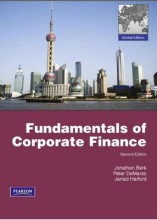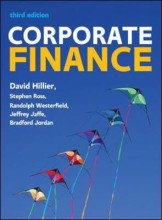ILA + LT - A7
35 important questions on ILA + LT - A7
How does assonance add musical quality to a poem?
What is a foot?
How do you analyse metre?
- Higher grades + faster learning
- Never study anything twice
- 100% sure, 100% understanding
What is the rhythmic device 'end-stopped line'?
What is a ballad?
What are the 5 characteristics of a ballad?
What is a sonnet?
2. 14 lines
3. 8 lines introduce subject, 6 lines writer's opinion
4. ABBA ABBA CDC CDC
What is a stanza?
What are the two major functions of dialogue in a play?
2. It reveals characters
What is a monologue?
What is situational irony?
What is dramatic irony?
What could be the function of a setting?
- It could be an antagonist (people try to break free of the setting, (slum))
- It could reveal a character (the way they describe a setting, may tell something about person)
- It could reinforce a theme (desolate house = loneliness)
How do you define a character?
- What is the degree to which they are developed? (complex or 1D)
- Do they grow over the course of the story? (or become more significant)
In what ways could a character be conveyed?
- Showing (How does he react in a situation, writer is silent)
+ Dialogue
+ Action (brave, coward)
+ Comparison with other characters
+ Setting (in a war setting people are not happy)
+ Names (Heathcliff = wild, rugged)
+ Appearance
What are the three elements that stories usually share?
2. Suspense (denying the reader information)
3. Subplot (helps understanding the main plot)
What sort of third-person narrators are there?
- Limited omniscient (someone in the story tells it.)
- Dramatic (you don't know any thoughts)
What is a stream of consciousness?
What is a theme?
What is an overt theme?
What is the difference between a theme and a subject?
What is a climax?
What is a figure of speech?
What is a pun?
What is a hyperbole?
What is a juxtaposition?
What is a paradox?
What is falling action?
What is the general structure of a plot?
- Exposition
- Rising action
- Climax
- Falling action
- Resolution
What is a flashback?
What is a description?
Which types of point-of-views are there?
2nd person - Author addresses the story to "you"
3rd person limited
3rd person omniscient
What is a narrator?
Which types of poetry are there?
- Narrative - Poetry that is meant to tell a story
- Dramatic - Poetry that is meant to be performed on stage
- Sonnet
What types of rhyme are there?
-End - rhyming at the end of a line
-Slant/impure - near rhyme. When words don't quite rhyme
-Eye rhyme - Rhyme that depends on spelling (flow/how_
The question on the page originate from the summary of the following study material:
- A unique study and practice tool
- Never study anything twice again
- Get the grades you hope for
- 100% sure, 100% understanding






























